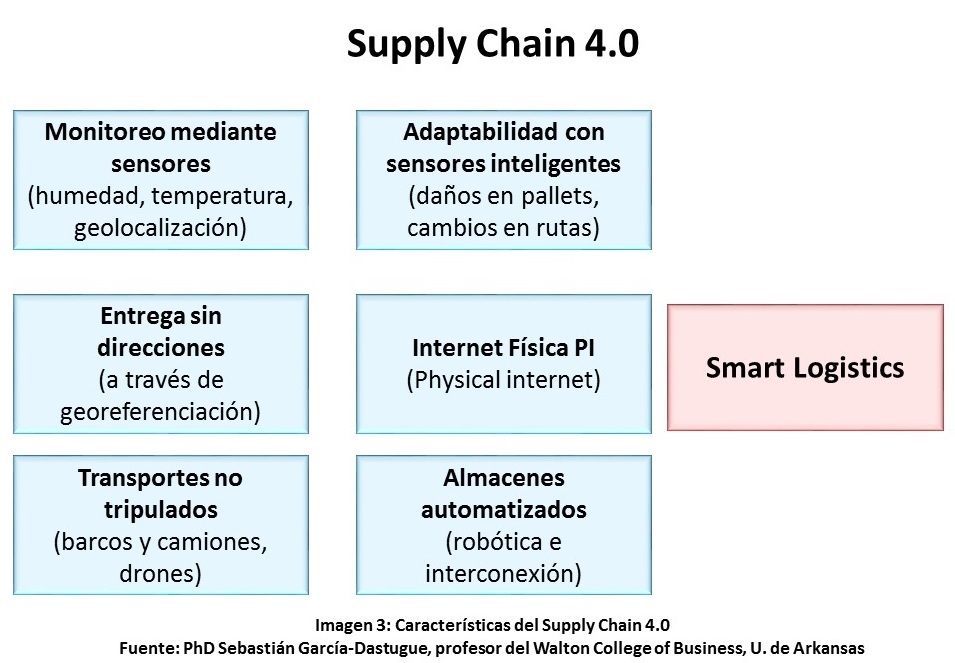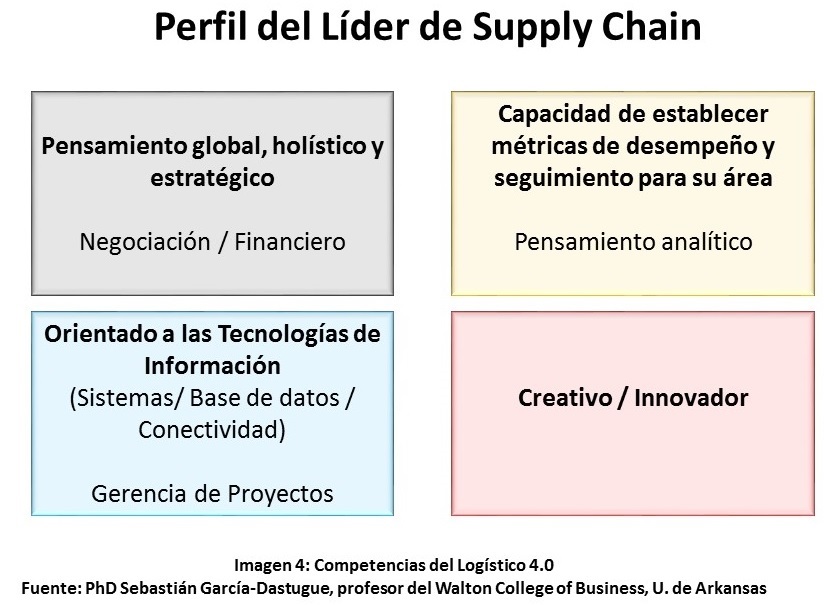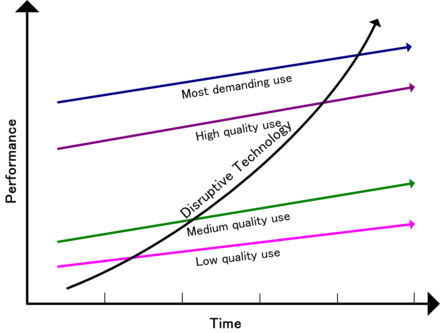
There is nothing that expresses more the character of an era better than art. Painting, sculpture, architecture, dance, music, novel, cinema, theater or the publishing industry ... are all expressions that make up the artistic world, they are the living reflection of our society and its momentum.
But: these expressions are currently facing a technological revolution that will remain, touching each activity of the human being, as strange as it may seem to us, ergo art as well. What is being now under discussion is the way this revolution will affect art and with what intensity: it is not that everything is yet to be written, it is that very important steps have already been taken in this direction.
What are the advantages of these technologies that are landing in art?
Depending on the technology to be implemented and the artistic expression we are considering, the advantages differ. However, the main one is transparency. The second, the protection of both the author and the collector. The third, reduction of intermediation costs.
In detail,
- During the buying and selling process:
- On one hand, reduction of the number of intermediaries in the sale and purchase operations often makes it difficult, to a large extent, for the authors to access their audience and, on top of that, makes their work more expensive. The new technologies eliminate them and put the buyer and the artist in direct contact.
- Guarantees:
- In terms of the origin of the works, facilitating their tracking (total traceability)
- To the author of the work, with regard to authorship and control of their works
- Credit the property of the collector: the owners can prove their ownership rights in front of the insurance companies in case of theft, loss or destruction of a work
Other less tangible, but no less important advantages are:
- Maintain the anonymity of the collector: public data on the works are provided, but without revealing the identity of the collectors.
- Breaking the monopoly of the Industry: empowers small business artists to end the dominance of large auction houses and art galleries.
- Connect artists between each other: create an interconnected online marketplace where creators can buy cheaper materials and tools.
What technologies associated with Industry 4.0 are those that will revolutionize art?
BLOCKCHAIN
Already landed in the field of finance or industry to ensure total traceability, the introduction of the blockchain in the buying and selling process will represent a before-and-after in the art world. But how?
- Improved traceability of art works: we can record the complete path of a painting, a sculpture or any valuable object, from creation to its final destination.
- Copyright: Thanks to this technology we can permanently store the intellectual property of a work in the cloud and manage it wherever and whenever we want.
With Blockchain, a chain of blocks that stores information on records, sales, studies, analysis, certifications, appraisals, etc., of a work is generated. This reduces the illicit traffic in cultural property and solves the problem of counterfeiting. As a second derivative of all this,
- Smart Contracts will be signed: computer codes or protocols that facilitate verification and enforce a contract automatically. These contracts do not need the intervention of people to verify and execute their compliance: that is, a judge or an arbitrator is not required.
- It can be paid with cryptocurrencies: when trading with these virtual currencies, buying and selling are expedited and the fees that banks apply to transfers disappear.
Relevant actors related to blockchain and cryptocurrencies are:
- Verisart, a company that certifies the authenticity of art through blockchain technology.
- Maecenas, ‘startup’ that through ‘blockchain’ wants to allow users to invest in art works in a fractional way, as if they were shareholders of the piece.
- Dadiani Fine Art, one of the first galleries in the world to accept cryptocurrencies.
CROWDFUNDING
Crowdfunding is becoming a way to:
- Fund actions related to museums: from exhibitions to creating new spaces for art, plus restorations
- Make contributions to cultural and artistic projects.
- Joint Investment in art works, antiques and collectibles, by persons or entities and from a specific amount.
So basically it is no longer necessary to make a large investment or be an expert to collaborate on projects related to art, and in parallel to be a shareholder of medium-term profits: it is what we call a democratization of the investment process. Citizens can now co-invest in art collections according to their artistic style, without the need for large capital, so far reserved for large fortunes or investment funds.
After the purchase by the co-investors,
- the collection is guarded by a security company for five years or the specified time, at the end of which it will be sold to obtain the return on the initial investment made plus its surplus value generated.
- During the custody period, additional profitability could be obtained in the event that there was a museum or cultural institution interested in its rental.
Regarding yields, we can talk about the 4.5% annual sustained, well above the performance of the products offered by the banks and without the fluctuations of the real estate and financial markets. In return, there is the illiquidity of the investment, although this point is in the process of being solved with the market place organized by crowdfunding companies.
Existing platforms:
VIRTUAL REALITY
More and more cultural spaces are betting on offering their visitors a completely new experience. To achieve this, in recent years they have lived a real revolution supported by new technologies, tools that allow them to connect with their visitors and make them participant of the content. In other words, virtual reality is jumping into museums. Not only this: even some artists have already begun to create works impossible to see without Virtual Reality glasses.
Virtual reality is usually a virtual world generated by computers or computer systems, in which the user has the feeling of being inside this world from a total immersion that allows him an unlimited interaction with the virtual world, in addition to provide at least the same senses that we have in the real world (sight, hearing, touch, taste, smell). However, most current systems focus on only 2 senses (sight and hearing), due to the difficulties of simulating the others.
ADDITIVE MANUFACTURING
Additive manufacturing technologies allow breaking the limits of the imagination. This fact has been discovered more and more by artists and designers who have found in 3D printing a tool capable of giving them new and personalized work options. Although it exists since the 80s, only since the expiration date of critical patents, artists have been able to get closer to additive manufacturing technologies.
Current additive manufacturing projects are:
- Fashion design (Danit Peleg)
- 3D printing jewelry
- Pastry (Dinara Kasko)
- Works of art restoration projects
In short: additive manufacturing is not only a technical advantage for most artists by accelerating developments or facilitating certain processes, but it is becoming a technique that will give way to exploring new artistic facets.
DIGITALIZATION
When we talk about digitalization in this area, we mainly refer to:
- Creation of digital art: it is about facilitating work to artists who rely on computer algorithms or digital elements to create their works.
- The big problem so far with the production and sale of digital art has been how easy is to replicate and hack those works.
- As you may guess, when something is copied and distributed in large quantities or free of charge, its value decreases and the market expectation vanishes. In other words, if something has to have a value, it needs to be scarce.
- Digitalization of Art galleries: physical spaces will lose prominence in favor of a decentralized and autonomous online market that will operate through smart contracts.
- There is no better way to document, distribute, preserve, store and even restore a picture than creating your digital copy. Proof of this is the Google Art Project, a virtual gallery that allows the viewer to comfortably approach more than 30,000 works of art from 150 museums located in 40 different countries.
- For current artists: they will be able to show or sell their works to potential buyers in a secure cyber environment and at cost effective prices.
Macro figures of the world of art and Industry 4.0
- Art is the second largest unregulated market after illicit drugs and is significantly eclipsed by fraudulent activity.
- We can accelerate trust and liquidity by providing better standards for a verifiable global certification. Source: Robert Norton, founder of Verisart.com
- The global black market exceeded 6 billion dollars during 2017 and 80% of these amounts are linked to counterfeiting.
- In 2017, 300,000 million visits to pirated content websites were made in the world, 1.6% more than in 2016, according to a study by the London firm Muso on online piracy.
- In 2017 alone, 39 million transactions were made in the world and the global art market obtained a value of 63,000 million dollars during the same year, according to the Statista data portal.
- Some of the dealers who appear on the Forbes list can earn almost $ 1 billion in a year with the trade in works.
Conclusions
We can talk about a new generation of artists ... bio-artists, techno-artists, material explorers, who ironically seek to get a little closer to nature through new technologies.
In the same way, we can also talk about new tools and ways of approaching art, as well as doing business with it. And yet, there is still much to write about this.
Blockchain represents a breakthrough in the way we approach Art - either we are in or we will lose this train.
Blockchain represents a breakthrough in the way we approach Art - either we are in or we will lose this train.







